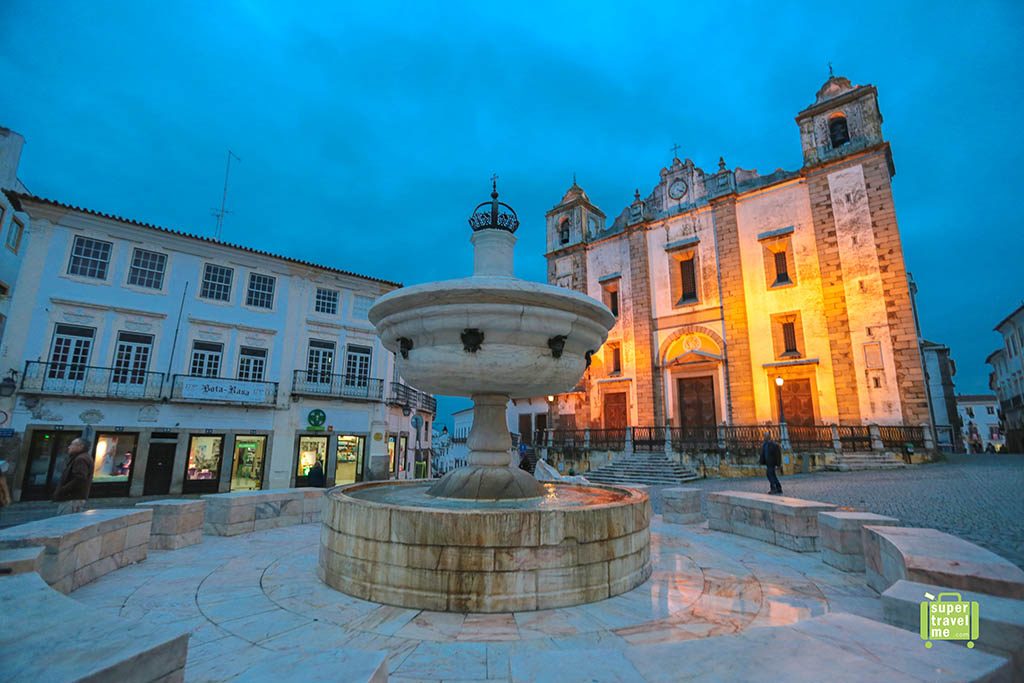
In the winter of 2014, I had the opportunity to explore Portugal for the first time. I ventured to the enchanting town of Évora, situated in the south-central Alentejo region, along with the neighbouring town of Monsaraz. Recognized as a UNESCO World Heritage Site since 1986, Évora’s historic centre is renowned for landmarks such as the ancient Roman Temple, also known as the Templo Romano, and the Evora Cathedral. This municipality stands out as one of Portugal’s most well-preserved medieval towns, allowing visitors to immerse themselves in the rich history within the 14th-century walls. Another noteworthy attraction is the Cepela dos Ossos, featuring interiors adorned with human bones and skulls—a truly unique experience bridging the past and present.
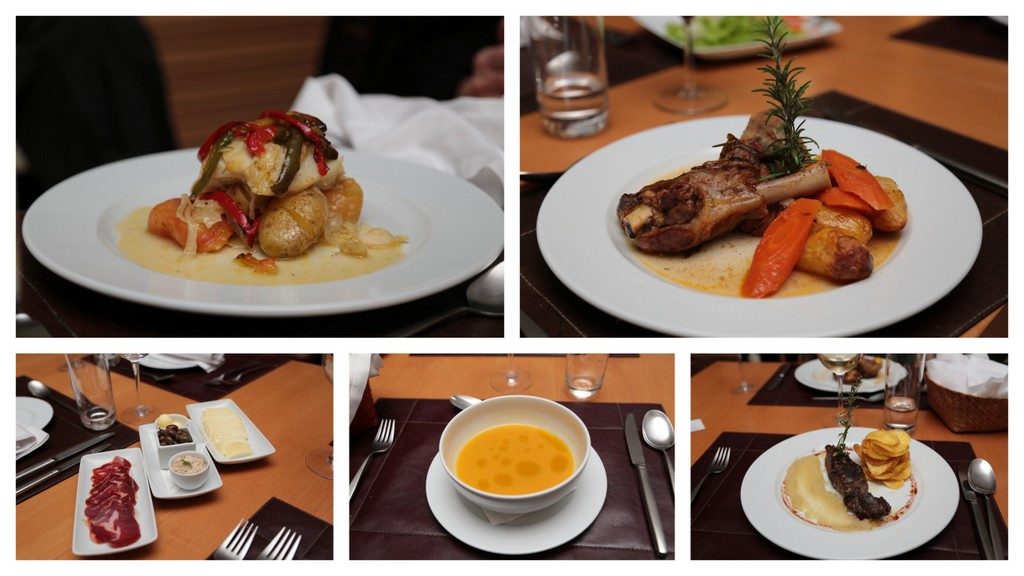
Dining in Evora
Table of Contents
Discovering Evora
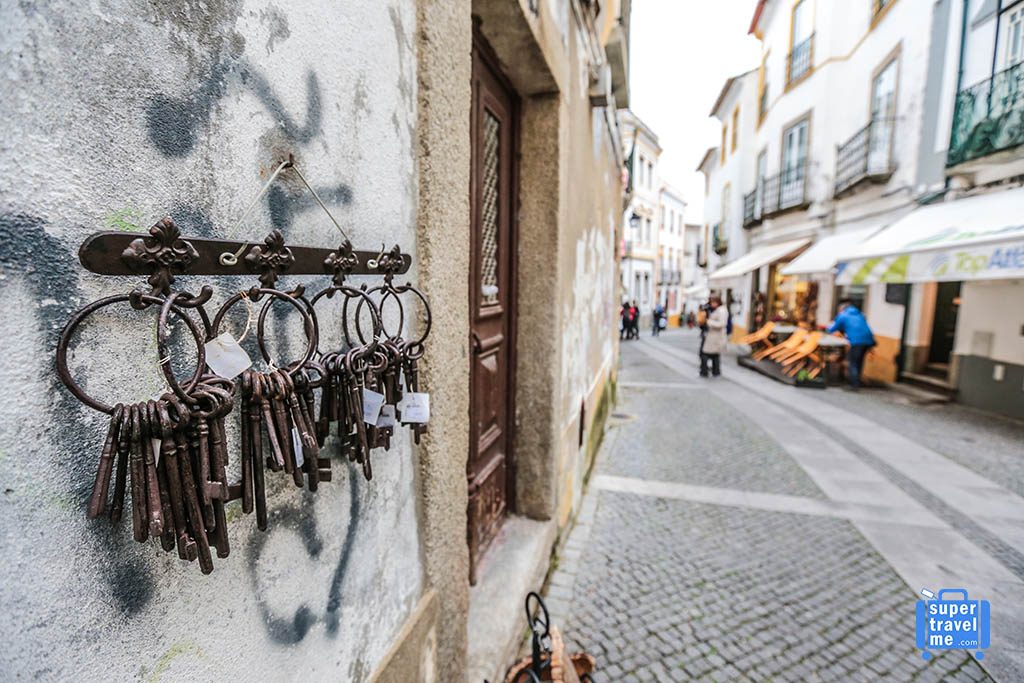
Take a relaxing stroll down the cobbled stone paths and discover interesting finds. Shops selling souvenirs and restaurants selling wine and fragrant pork dishes or coffee stops make this relaxing town easy to explore on your own.
Templo Romano
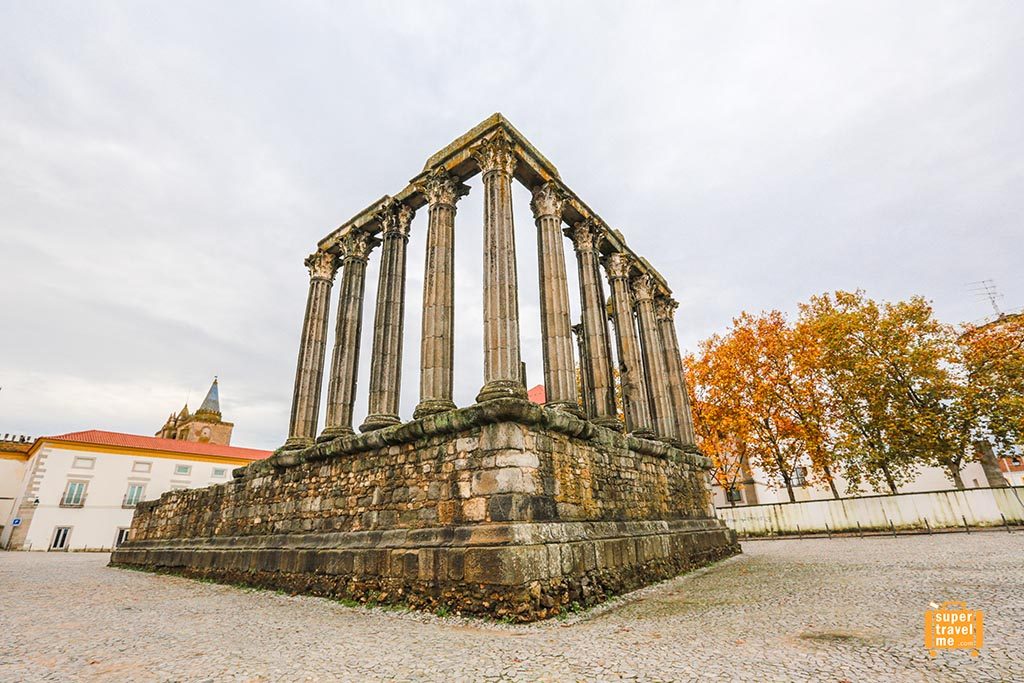
Templo Romano is commonly referred to as the Temple of Diana. It was part of the Roman Forum from the 2nd or early 3rd century. The 14 Corinthian columns are capped with Estremoz marble and survived 18 centuries because it was walled up in the Middle Ages to form a small fortress, and then used as the town slaughterhouse. The temple suffered many destructions. In the late 19th century, it was uncovered and went through a major restoration.
This monument is located within walking distance to Evora Cathedral, Evora Library, Fórum, Eugénio de Almeida and the Evora Museum.
Basílica Sé de Nossa Senhora da Assunção
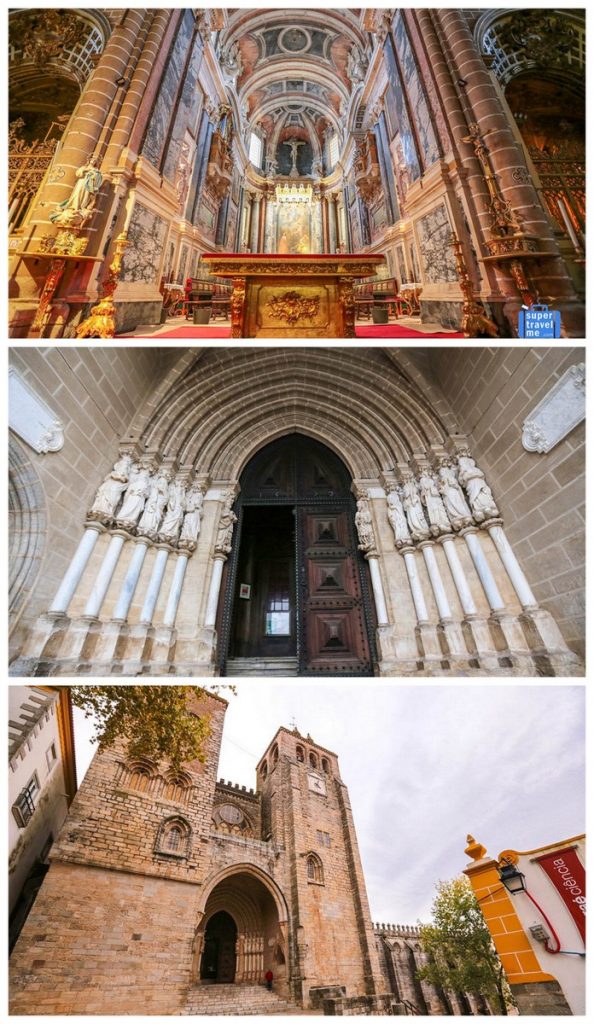
Sé de Évora, as it is known locally, is actually the Basílica Sé de Nossa Senhora da Assunção or Basilica Cathedral of Our Lady of Assumption. It is the largest medieval cathedral in Portugal, built between 1186 and 1250. The cathedral is constructed of granite. In the 15th and 16th centuries, other parts of the cathedral were added. They include the upper choir, baptistery and the arch of the Chapel of Our Lady of Pity. In the 18th century, King João V sponsored the construction of the main chapel. In the chapel, there is the beautiful Crucifix named Father of Christ is above the painting of Our Lady of Assumption, busts of St Peter and St Paul and a pipe organ from the Renaissance period.
Sao Francisco Church
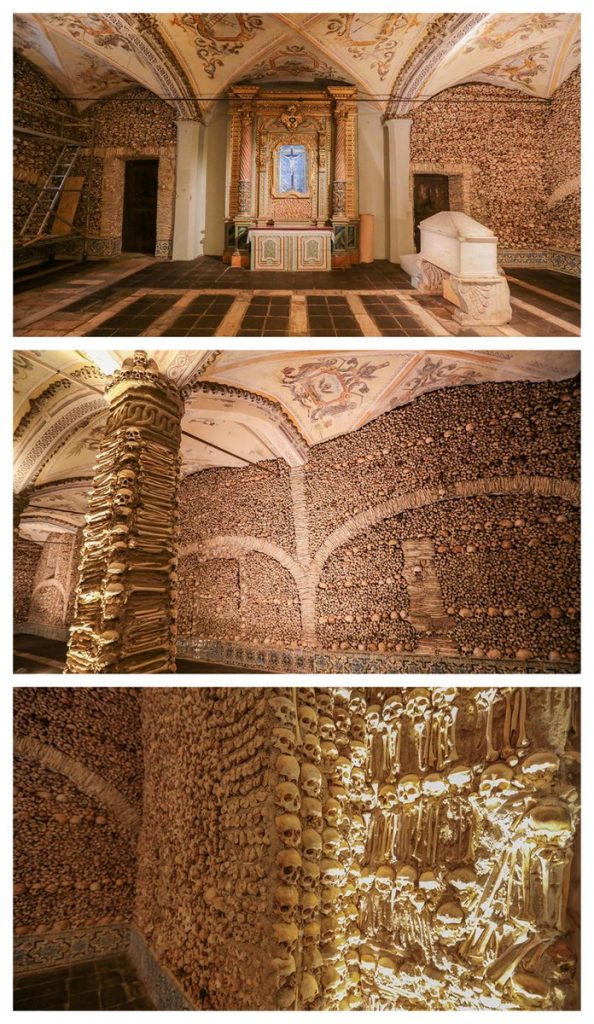
Sao Francisco Church, or commonly known as Bones Chapel has been a must-visit for many, because of its interior architecture of some real human bones and some 5,000 skulls. Morbid it may sound or feel, but this trademark of Evora was built in the 17th century by three Franciscan friars with the message of temporariness and fragility of human life. Enter chapel and look out for the sign “We bones that are here, for yours we wait”. The chapel sits on what used to be the monk’s dormitory and reflection room. The walls and eight pillars of the Bones Chapel are covered with bones and human skulls and are connected with cement. The brick domes are plastered in white and painted with motives symbolising death. Other than bones, there are religious statues and paintings in Renaissance and Baroque styles.
Sao Francisco Church is located at Rua do Infante D. Henrique, 4050-297 Porto, Portugal.
Restaurante Trovador
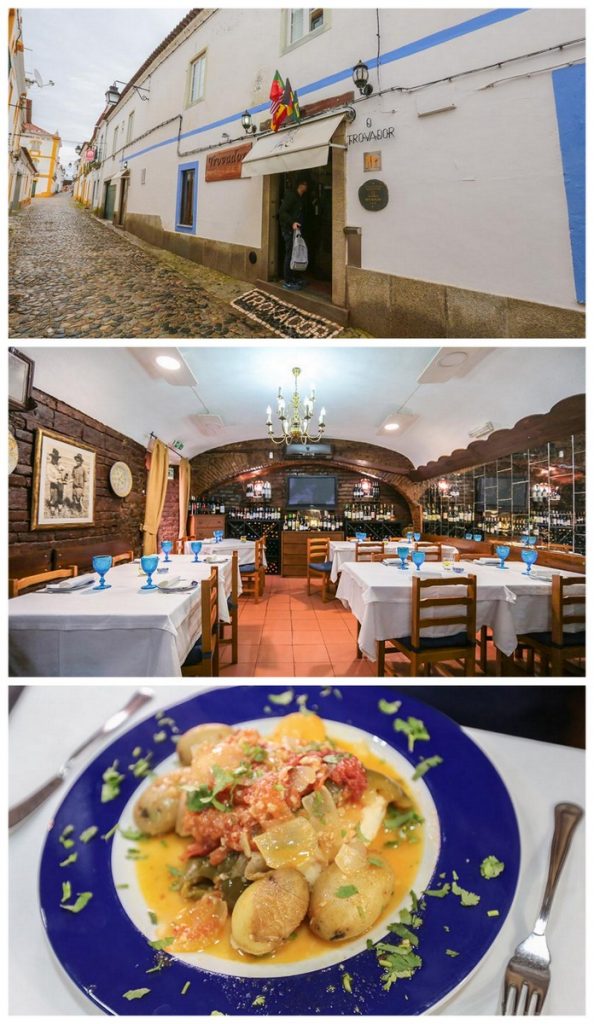
Tucked in an alley near the M’ar De Ar Aqueduto hotel, Restaurante Trovador (são Mamede) offers a delectable selection of European eats. The Iberian pork dishes are priced from 14 Euros, while Fish mains are priced from 14 Euros. The restaurant homely decor and extremely friendly owner and waiters really give you that same warm feeling you get at home. A section of the menu is in English, so ordering here wouldn’t be a problem.
Resturante Trovador is located at R. da Mostardeira 4, 7000 Évora, Portugal. Except for Monday, they operate from 10 am to 11 pm daily.
M’ar De Ar Aqueduto

M’ar De Ar Aqueduto is one of the more beautiful smaller hotels I stayed in during my Europe trip. The low rise five-star hotel features minimalist decor and 64 spacious guest rooms, with separate showers and a rather inviting bathtub, especially for the cold wintry season. The Classic Rooms with Terrace on the ground level offers access to the garden with deck chairs which would be ideal for the early morning or evenings. The boutique hotel is an adaptation of the 15th century Sepulveda family Palace, whose magnificent chapel and vaulted ceilings were preserved, as well as three Manueline windows on the main facade. The Degust’AR restaurant, with its dome ceilings, horseshoe arches and frescos, add character and complement the dishes from Chef Antónion Nobre’s menu.
Discovering Monsaraz
Cruising on the Dark Sky Alqueva
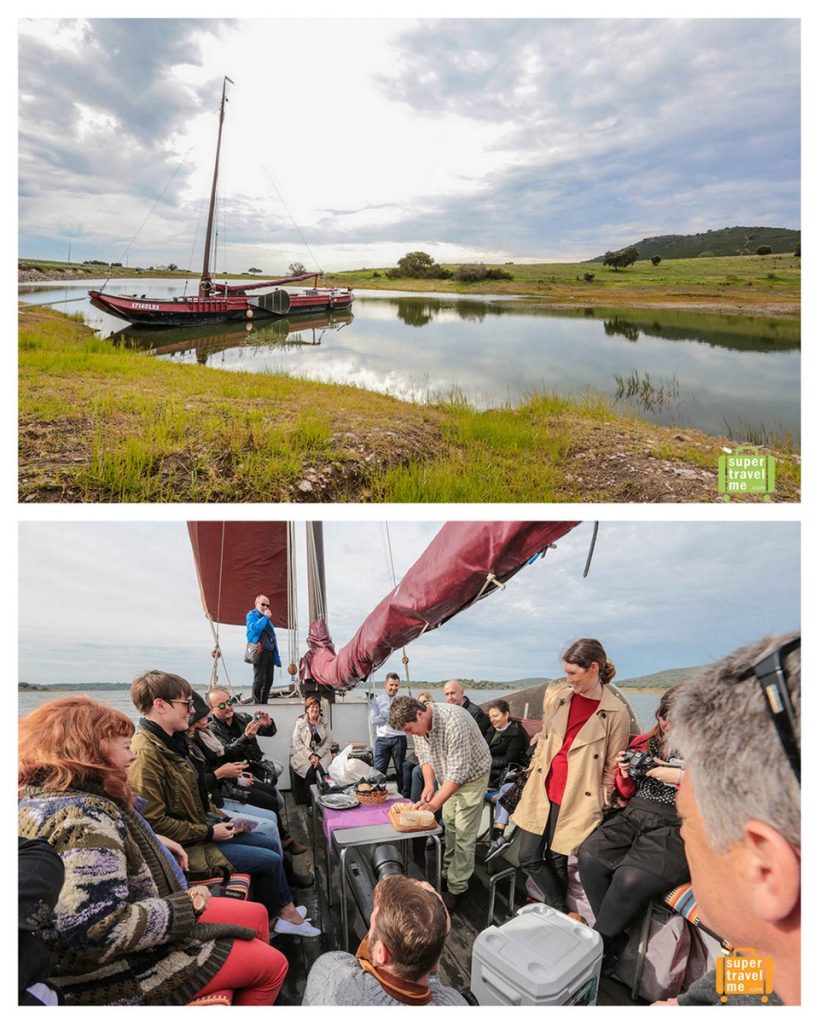
Located not too far away from Evora is Monsaraz. It is an hour’s ride away between the two cities. Take a cruise on the Great Lake Alqueva in Alentejo, Portugal. Our trip with Insight Vacations brought us onto an exclusive yacht cruise aboard the Westlander where we enjoyed the views down the lake while we had small bites and some wine on board. The Westlander is a sailing barge built in Holland in 1913. The vessel is 17 metres long, 3.10 metres wide, 90 square metres of sail, with a 12 metre mast and a draft of 50 cm.
There are also programmes for Dark Sky Alqueva sessions in Telheiro, Monsaraz where you can enjoy the views of starry skies. Alqueva is the first site in the world to receive the “Starlight Tourism Destination” certification. Stargazing is available most of the year.
Castelo de Monsaraz
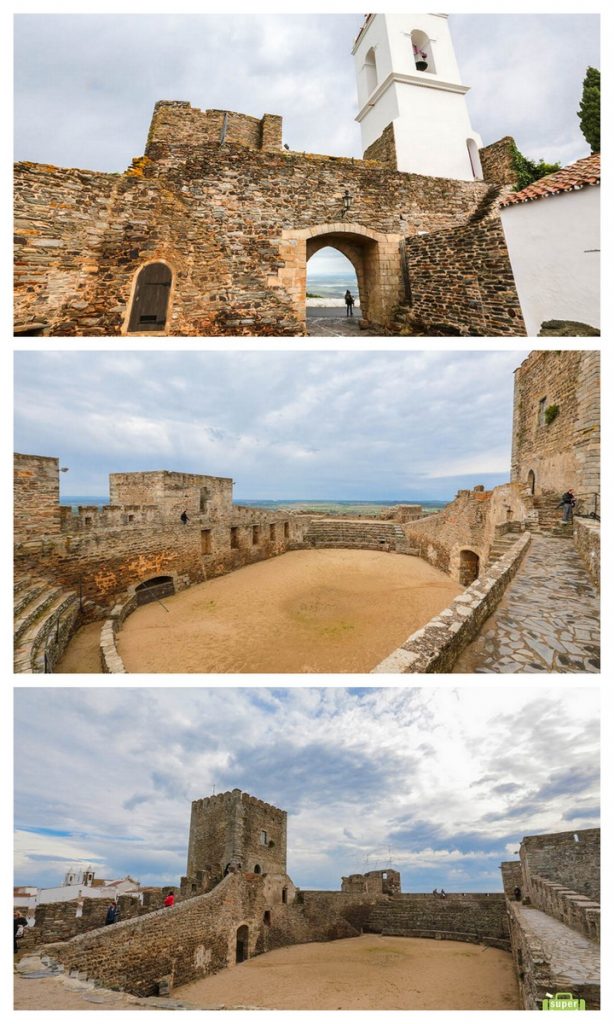
Monsaraz Castle is located on the hill of Mansaraz. In the 8th century, Monsaraz was invaded by the Muslims which occupied a large part of the Iberian Peninsula. It became known as Saris or Sirish and became part of Badajoz’s Kingdom. In 1167, it was conquered from the Muslims by Geraldo Sem Pavor in an expedition that started in Évora. After the defeat of D. Afonso Henriques in Badajoz, Monsaraz was once more under the power of the Arabs. In 1232, Sancho II regained the village and was supported by the Templar Knights. The castle was added in 1310. After the 1383 – 1385 wars, Monsaraz was integrated into the House of Braganza and became one of its income sources.
And the views from atop the castle are quite breathtaking. The gradual climb from the village to the castle tower is quite worth the while. Don’t let the charming shops and cafes along the way distract you from getting to the top of the village.
Castelo de Monsaraz is located at Largo do Castelo 1, 7200-175, Portugal
Restaurante Bar Sen Fim in Monsaraz
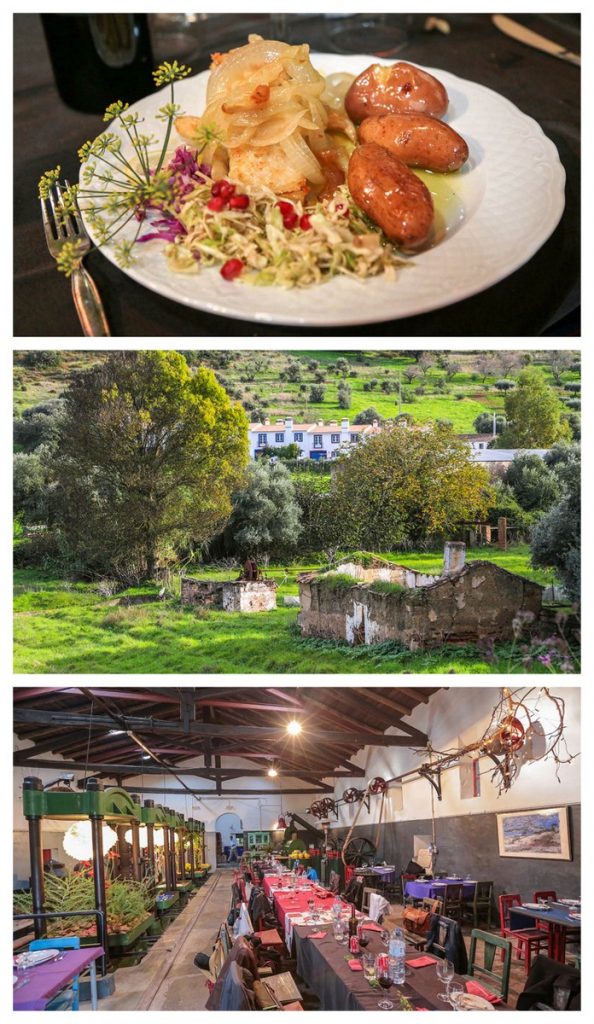
Lunch at Restaurante Bar Sen Fim was quite an experience. What used to be an olive oil pressing room has been transformed to a restaurant, retaining its colours, the flagstones, rafters and olive oil presses. The bar here was once the lagar warehouse. The verandah offers views of the Monsaraz Castle atop the hill as well as the beautiful greenery of the countryside. Olive oil and wine tastings are also offered here for a small fee.
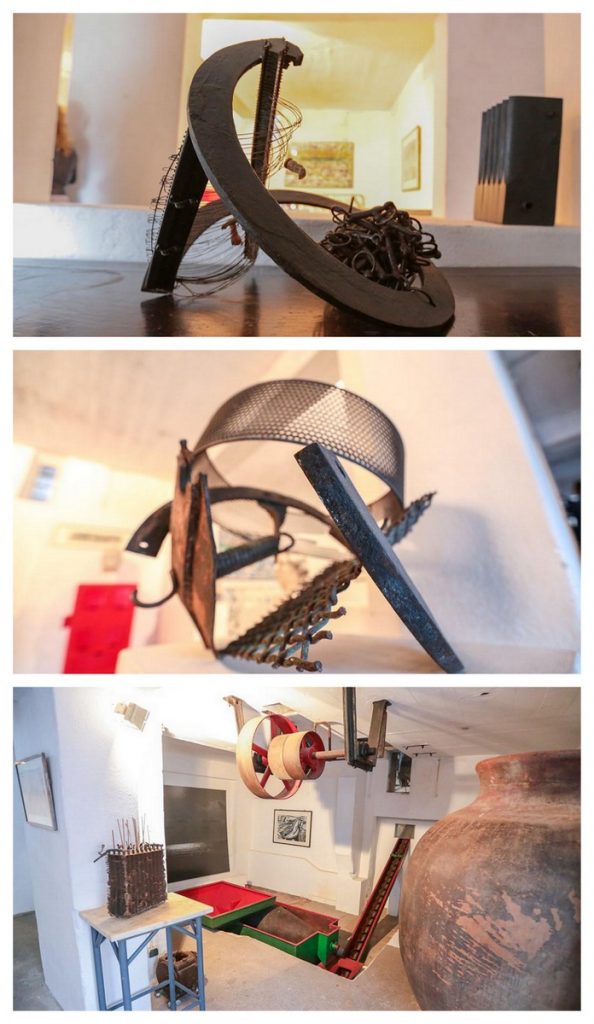
Located next to the restaurant is a small museum and art gallery.
Restaurante Sem Fim is located at R. das Flores 6, 7200-181 Monsaraz – Lisboa, Portugal. It operates daily except on Wednesdays from 11 am to 12 am.
Travel with Insight Vacations
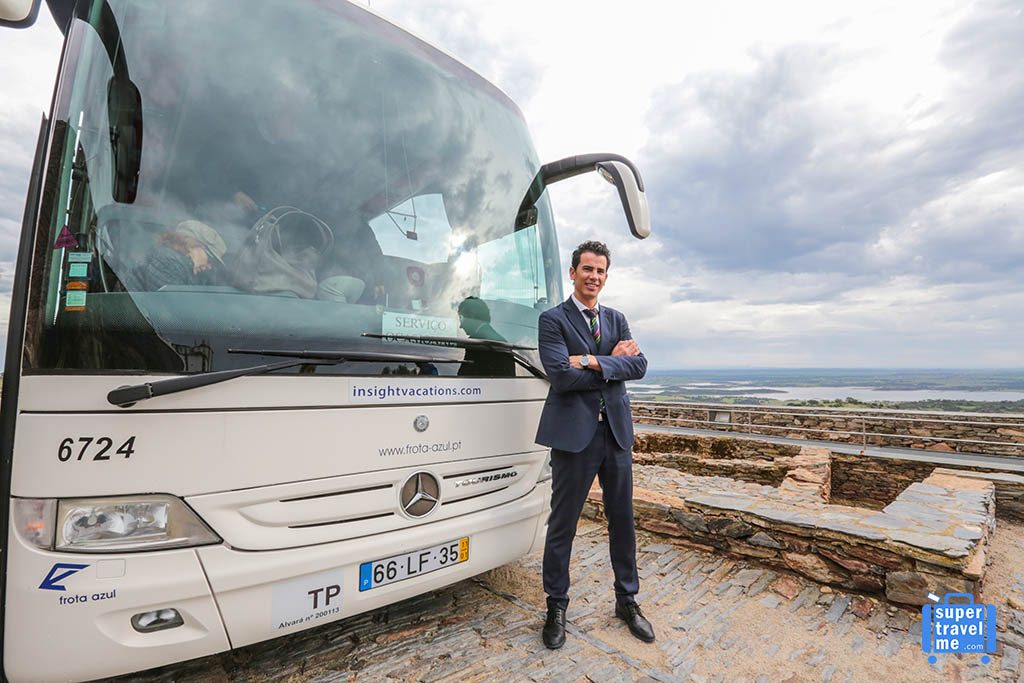
If you rather leave the trip planning to someone else, go on one of The Travel Corporation’s Iberian journeys with Insight Vacations. Insight Vacations is offering a Luxury Gold Spain and Portugal in Style itinerary for 14 days that brings you to Spain and Portugal. The Spain and Portugal In Style itineraries travel are still available for travel on 7 September 2017.

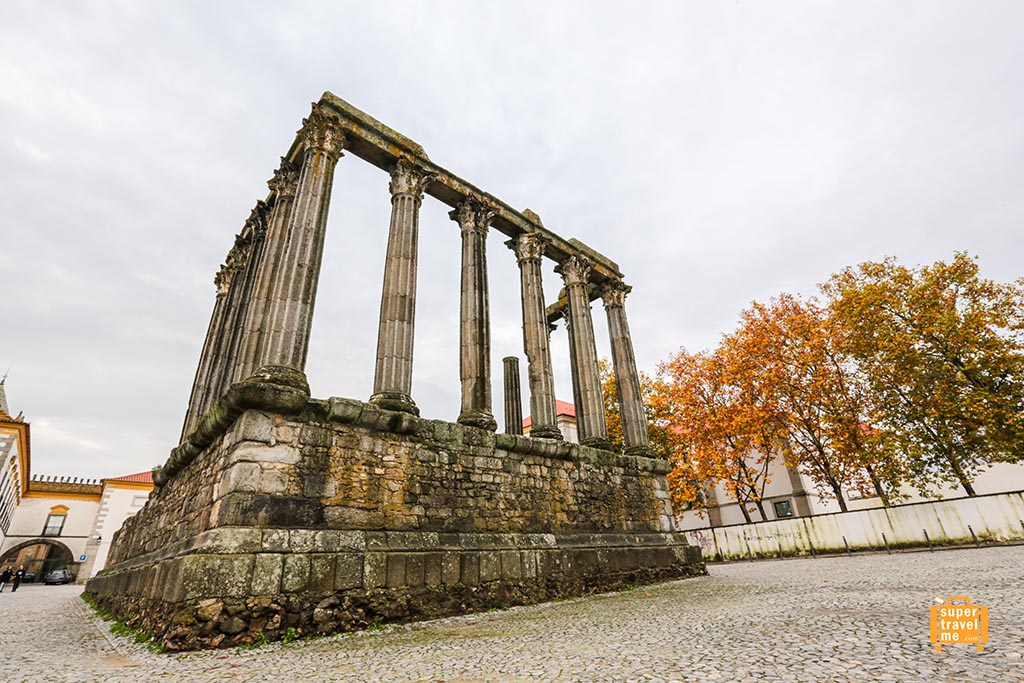

Pingback: Changi loses Skytrax Best Airport in The World Title to Hamad International Airport | SUPERTRAVELME.com